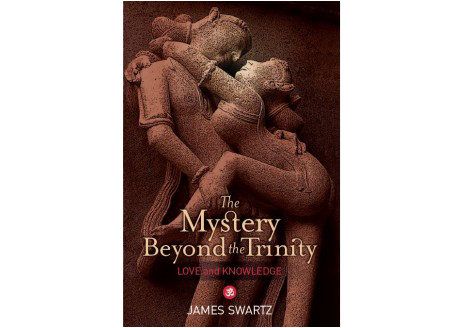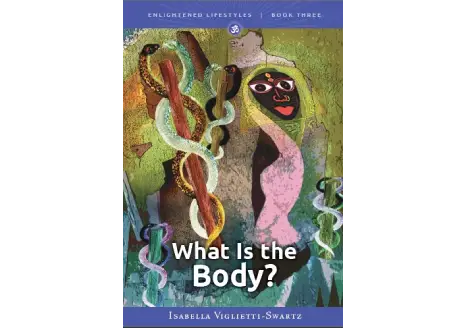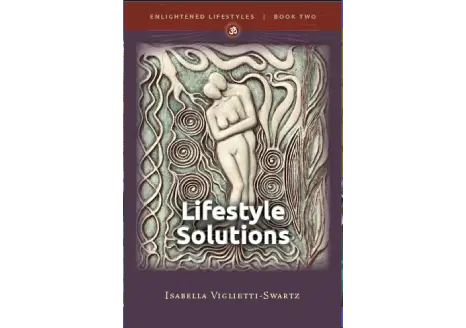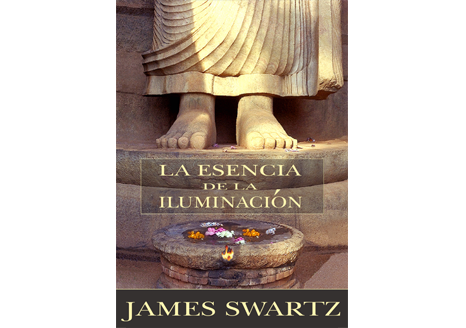Description
TWENTY YEARS AGO, on one of my frequent trips to India, I visited the ashram of the sage Ramana Maharshi. The ashram is situated at the foot of a famous Indian holy mountain Arunachala in Tamil Nadu a little over one hundred miles south of Madras, now Chennai, in an arid, primitive landscape where summer temperatures regularly surpass one hundred degrees. In those days, Ramana, who died in 1950 and had been internationally famous during his lifetime, was largely forgotten (if the number of visitors to the ashram was any indication) although today it is a thriving pilgrimage center. The ashram was a small, quiet, unpretentious affair, and a modest, cobwebbed, none-too-clean, ten-rupee room could be had for the asking at the office. In the bookstore I found a dusty copy of Tripura Rahasya: The Mystery Beyond the Trinity, a Sanskrit text of indeterminate origin, translated into English. The translator had written that it had been one of Ramana’s favorites, so I dutifully purchased it for a few rupees, the equivalent of about a dollar, I think. Because of an inordinate and inexplicable love of Vedic culture and a patient nature, I struggled through the text and was suitably impressed by the yogic and Vedantic ideas and the charming Puranic style. The Puranas, a brilliant invention of the rishis, India’s mystic seer-poets, managed to revive the Vedas, the foundation of Indian spiritual culture, just as they were about to be forgotten. The Puranas are called Dharma Shastras, scriptures on dharma, the Eternal Way. The Puranas are “the Vedas in action,” my guru said. “Vedas in action” means that the cryptic Vedic mantras, which require considerable dedication and brain-power to decipher even when unfolded by a sage, were turned into action-packed stories, delightful cartoons appealing to a wide range of minds. The Puranas were the rishi’s “stealth technology” because Upanishadic ideas about the nature of reality were cleverly hidden behind the exciting, baroque and romantic façade of Puranic myth.
I decided to rework Tripura Rahasya for several reasons. First, to make it more readable in English. The translation from Sanskrit was credible but inevitably suffered from lack of precision, as second- language works often do. Precision is important because Vedantic ideas are often subtle and technical. Although I don’t know Sanskrit grammar, I know Vedanta reasonably well. Furthermore, my spiritual teacher was a Sanskrit scholar who conducted Vedanta classes in English, so I learned most of the important Vedantic Sanskrit by heart in the two years I sat at his feet. Vedanta is best in Sanskrit but in the last analysis the ideas and the skill with which they are communicated, not the language in which they are rendered, reveal the mystery beyond the trinity. Tripura Rahasya showcases some very important ideas. I could have chosen a more famous text but the fact that the guru is a woman, at least in the section I reworked, appealed to me. Vedic culture, not without justification, has recently been accused of sexism. Like the author of Tripura Rahasya who was undoubtedly male but who chose to let the Vedanta flow from the mouth of a woman, I wanted to make the statement that women are equally capable of realizing the highest truths. Increasingly, the great spiritual figures of the age are women and, considering the numerous scandals perpetrated of late by men, probably more worthy of our respect. Although only a “mere woman,” according to her disciple husband, Tripura Rahasya’s rishi has her act together.
I also decided to “improve” the text, an idea bound to raise eyebrows in orthodox quarters. Obviously, I don’t see scripture as set in stone, not for want of devotion to spiritual culture but because time is no respecter of Truth and much of what passes for Spirit – our own Bible, for example – is oftentimes a peculiar amalgam of truth, fantasy, projected unconscious content and blatant opinion. Whether scripture comes in pure and is slowly adulterated or whether it is adulterated from the beginning, one cannot say. Nevertheless, I prefer to think of spiritual literature, with nov The MYSTERY BEYOND the TRINITY: LOVE and KNOWLEDGE table exceptions, as works in progress, transcendent ideas passing through the human mind, hence in need of disinterested editing. It is up to those who respect Truth to purify sacred texts. Failure to do so will undoubtedly result in an even more disturbed world than the one we have now. I think a case could be made that many of history’s most blatant religious excesses have been justified on the basis of a literal interpretation of unpurified scripture. Fortunately, the translation that came to me in Ramana’s bookstore was remarkably clean, yet it needed a little work. So I fleshed out some of the ideas, removed linguistic extravagances, archaic metaphors and redundant examples (which are characteristics of Puranic literature), and clarified concepts that were perhaps difficult for the translator. I have also added a few auxiliary teachings which are well within the grand traditions of Vedanta and yoga when common sense and logic permitted (may God have mercy on my soul).
Perhaps I must also plead guilty to the great sin of our age, pandering to the need for entertainment; I spiced and spruced up the relationship between the guru and disciple a bit. In my defense,
I got a lot of help from the author who chose the throes of sexual passion as the event that inspired the teachings. One might expect to find such a scenario in touchy-feely New Age literature but hardly in Vedanta, a discipline so lofty it never deigns to delve into the murky recesses of biology. Of course, life is never about what life is about on the surface, and true to form Tripura Rahasya merely uses this dramatic example to lead us into a discussion of the quest for liberation through Self-knowledge.
I have not actually reworked the entire text, although in addition to another rather farfetched story meant to illustrate the relatively of time and the power of the mind to create reality, it contains marginally important creation theories, the relationship between the dream and waking state, and other interesting and sometimes advanced spiritual ideas. The part I chose, however, deals with issues that any serious seeker will eventually need to confront. It also insists that enlightenment requires disinterested and professional help, and suggests that love problems can besolved in an internal way, with a minimum of egoistic squabbling and marriage counselors. Considering the haphazard character of modern questing and the sorry state of gender relations today, I thought these to be timely messages.

















Reviews
There are no reviews yet.